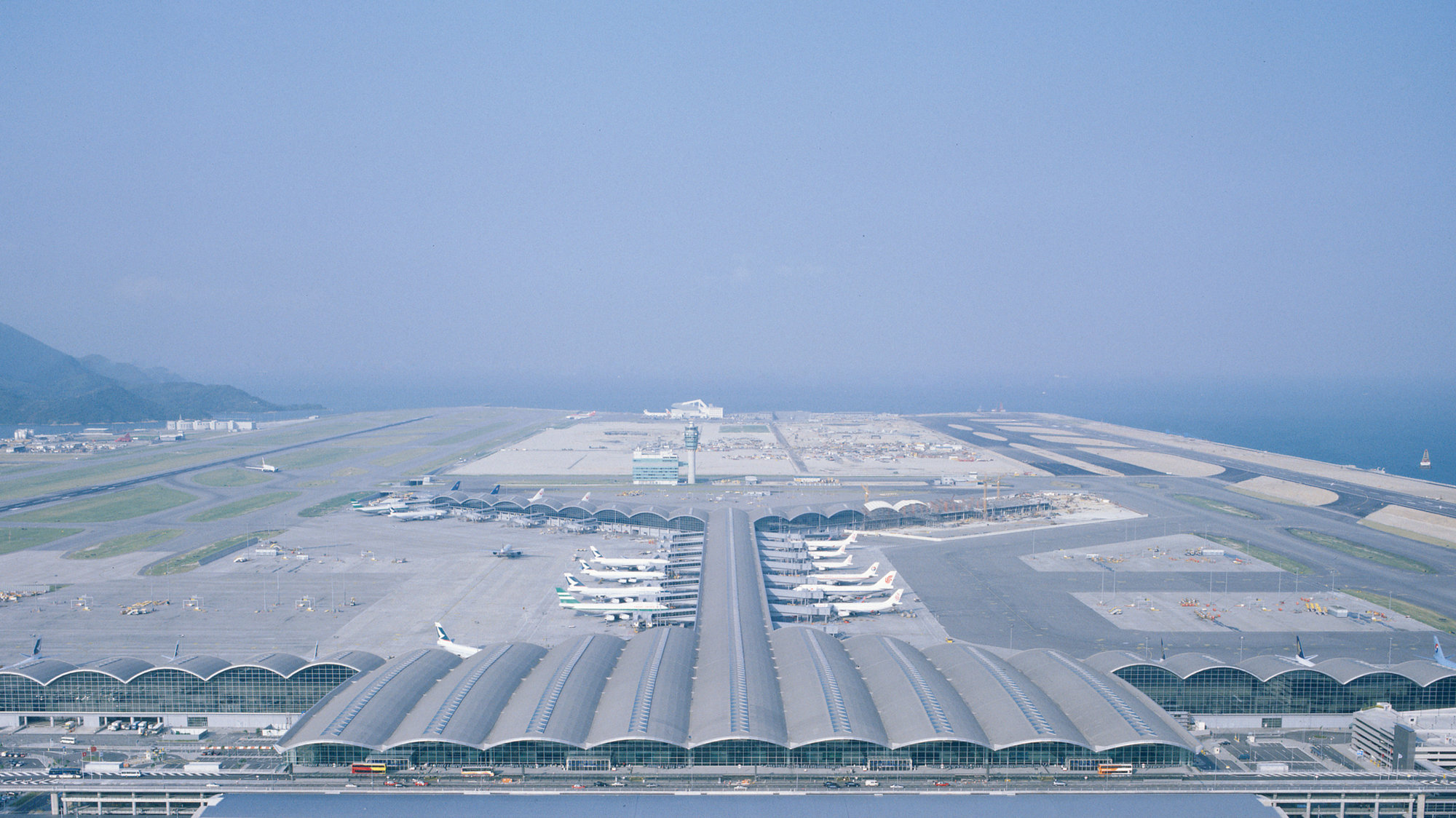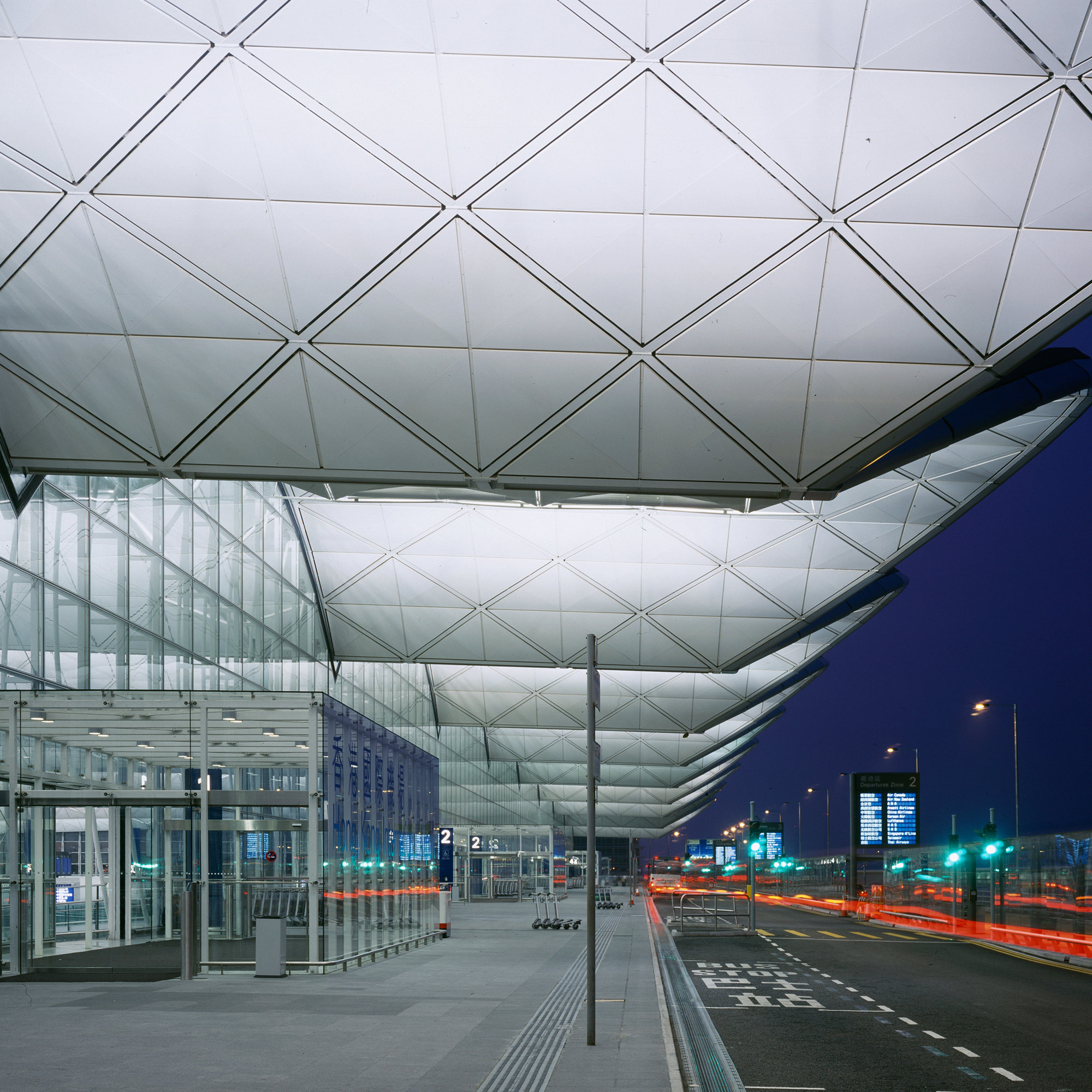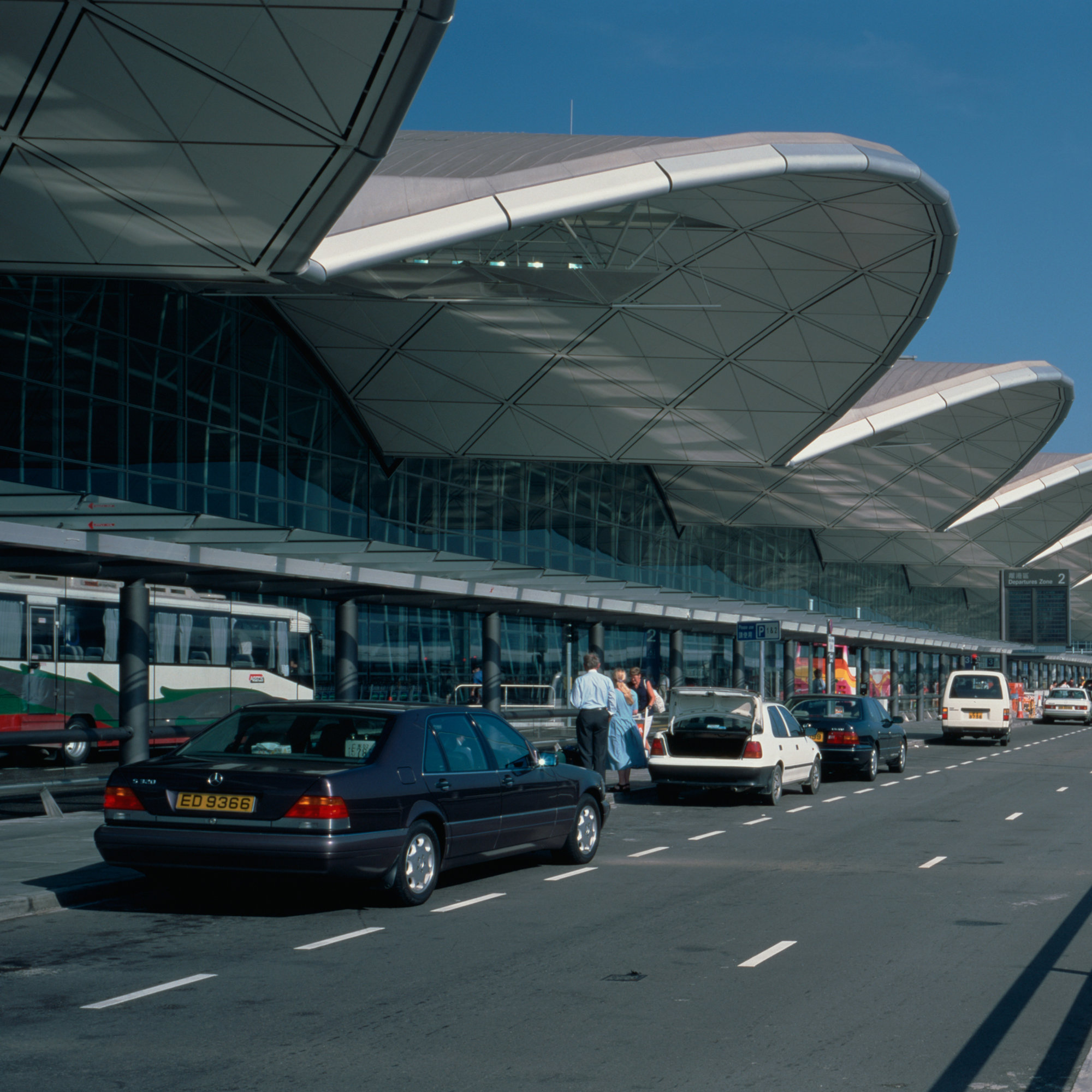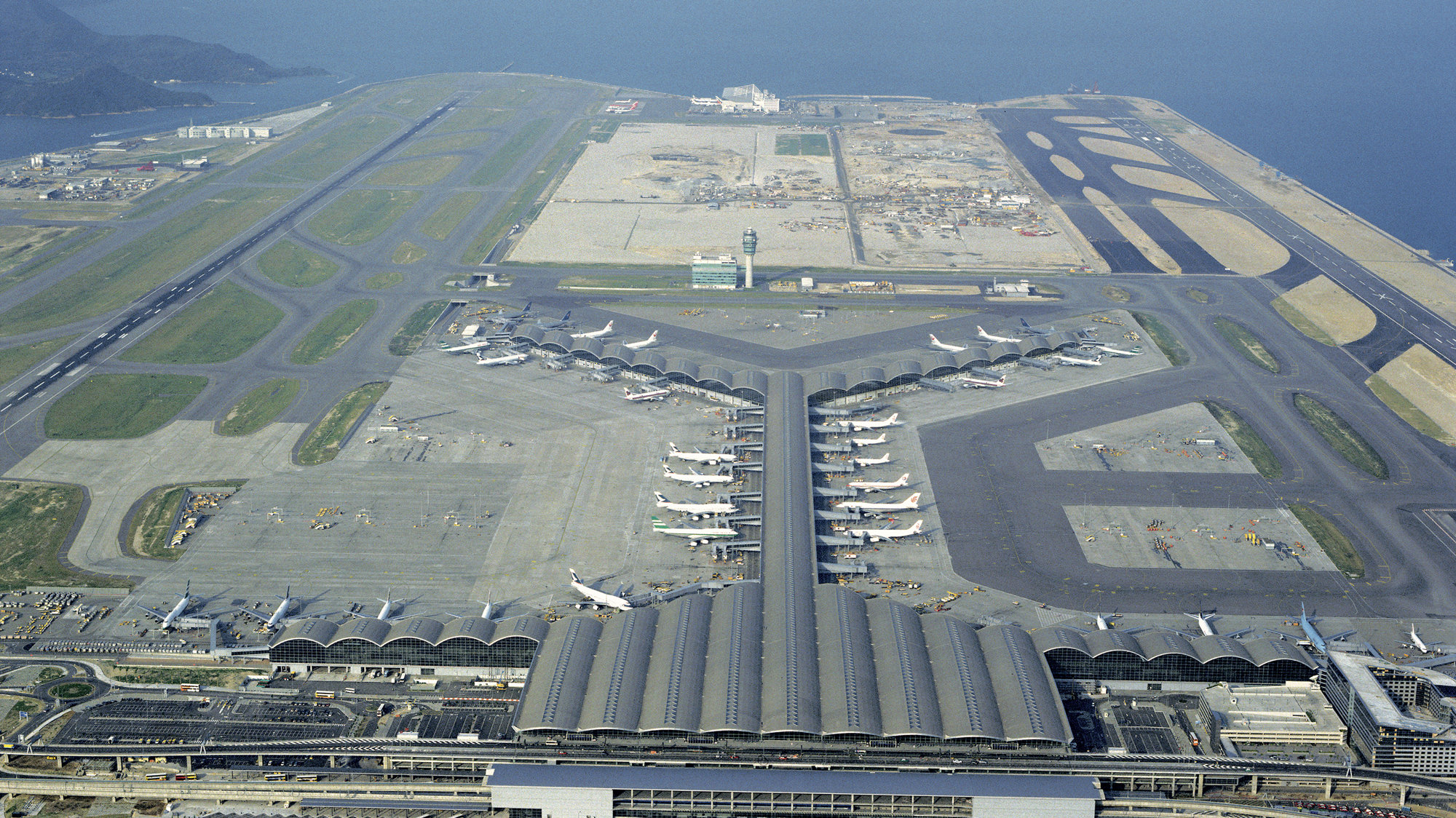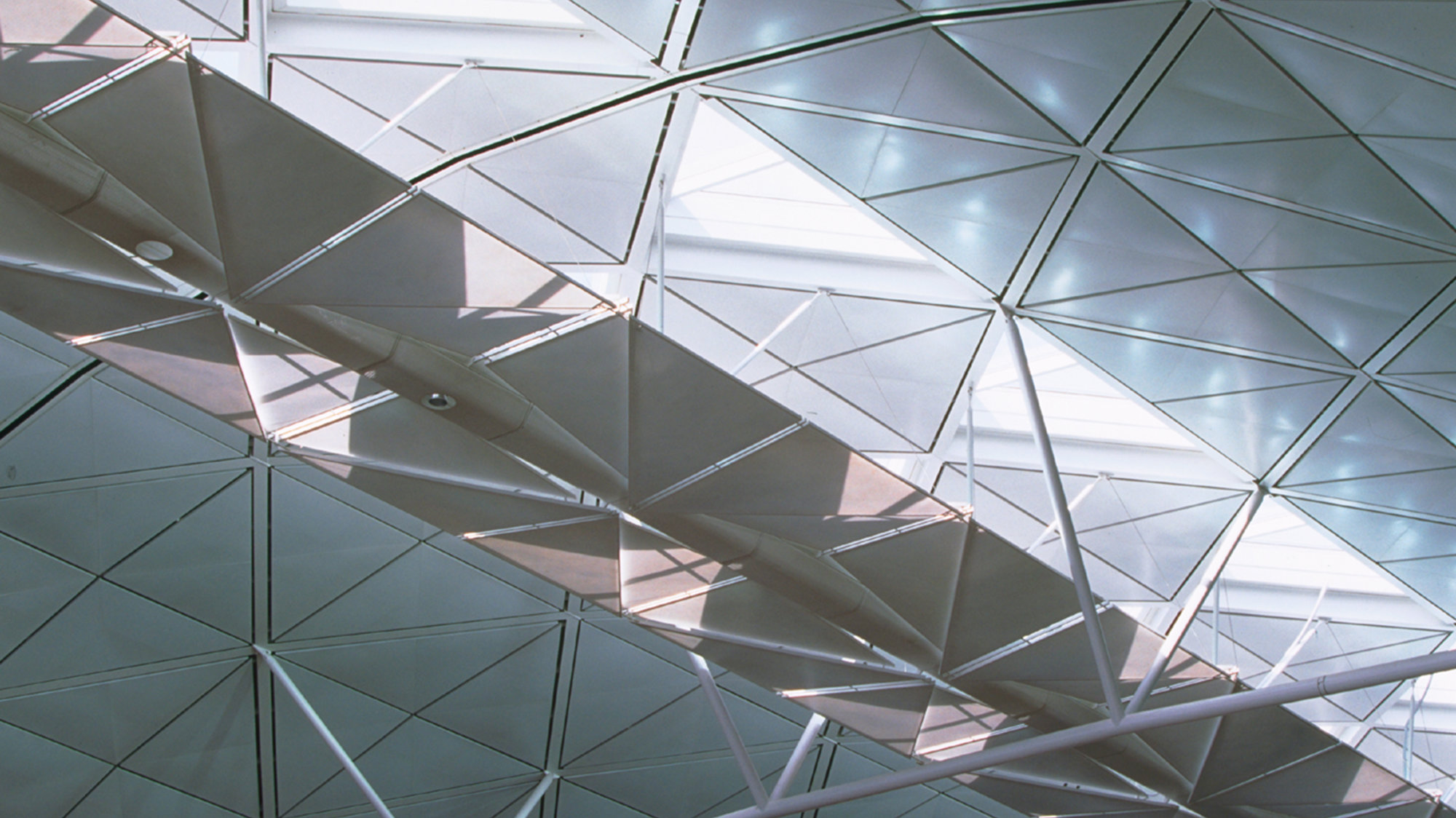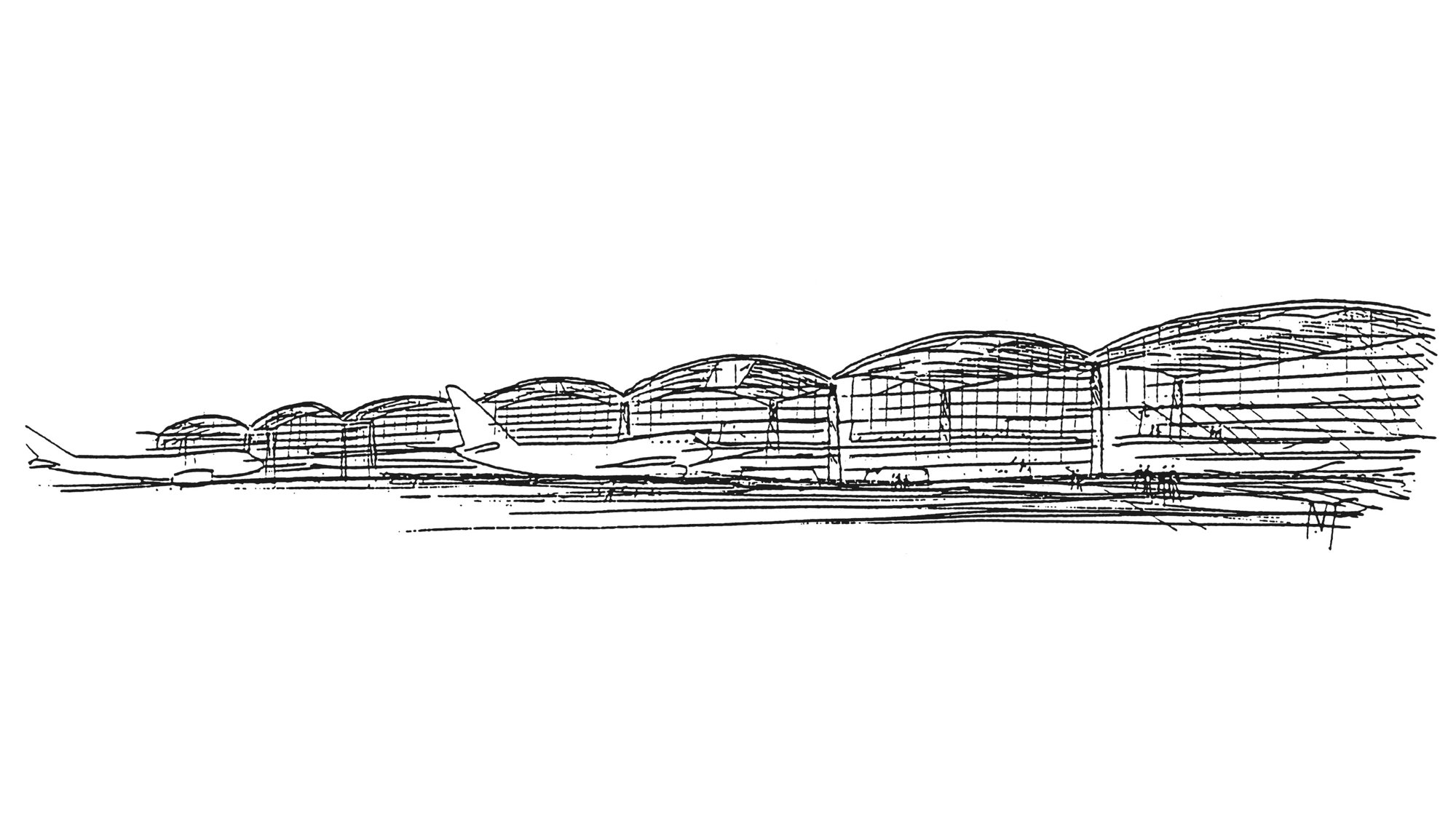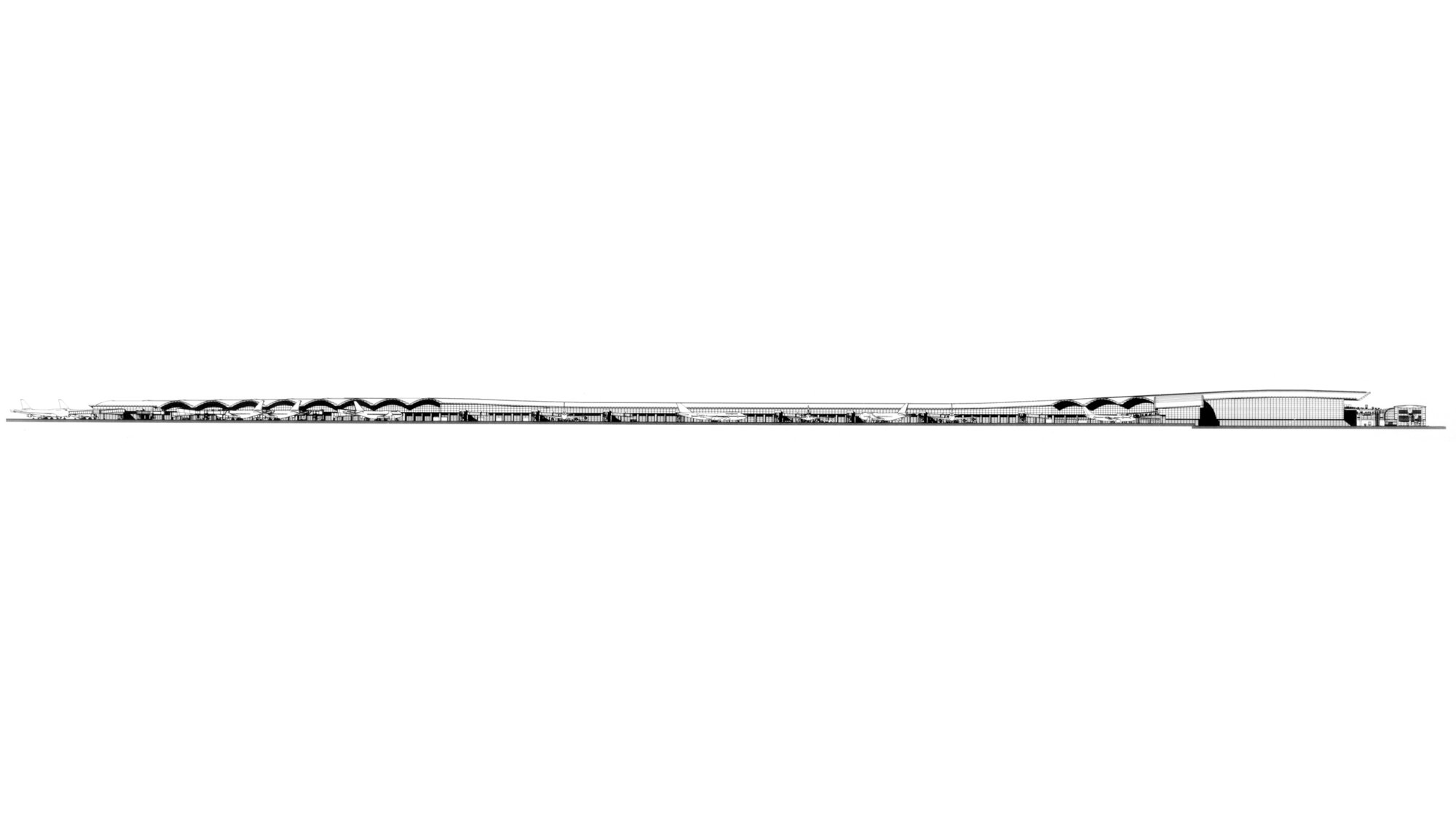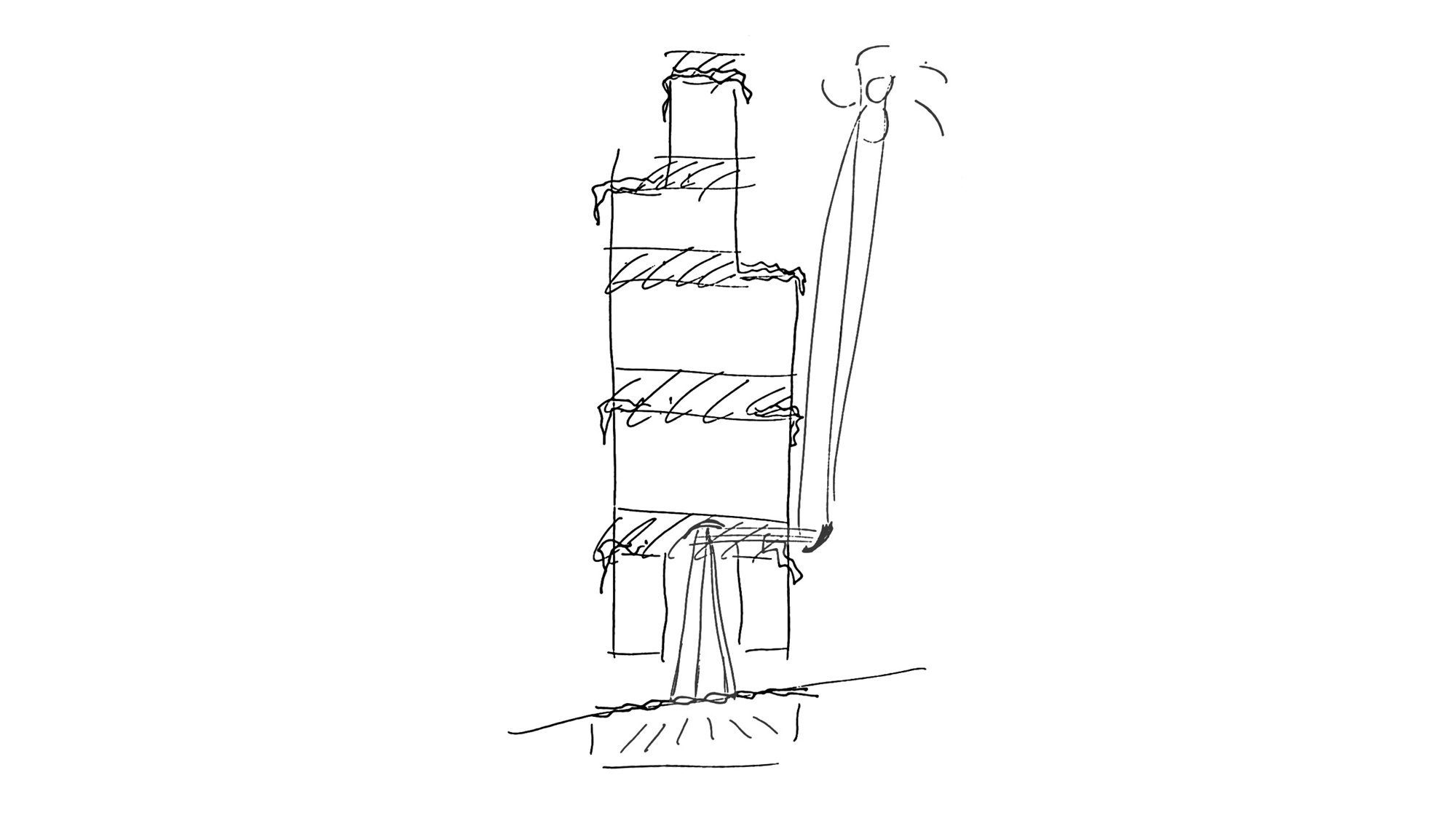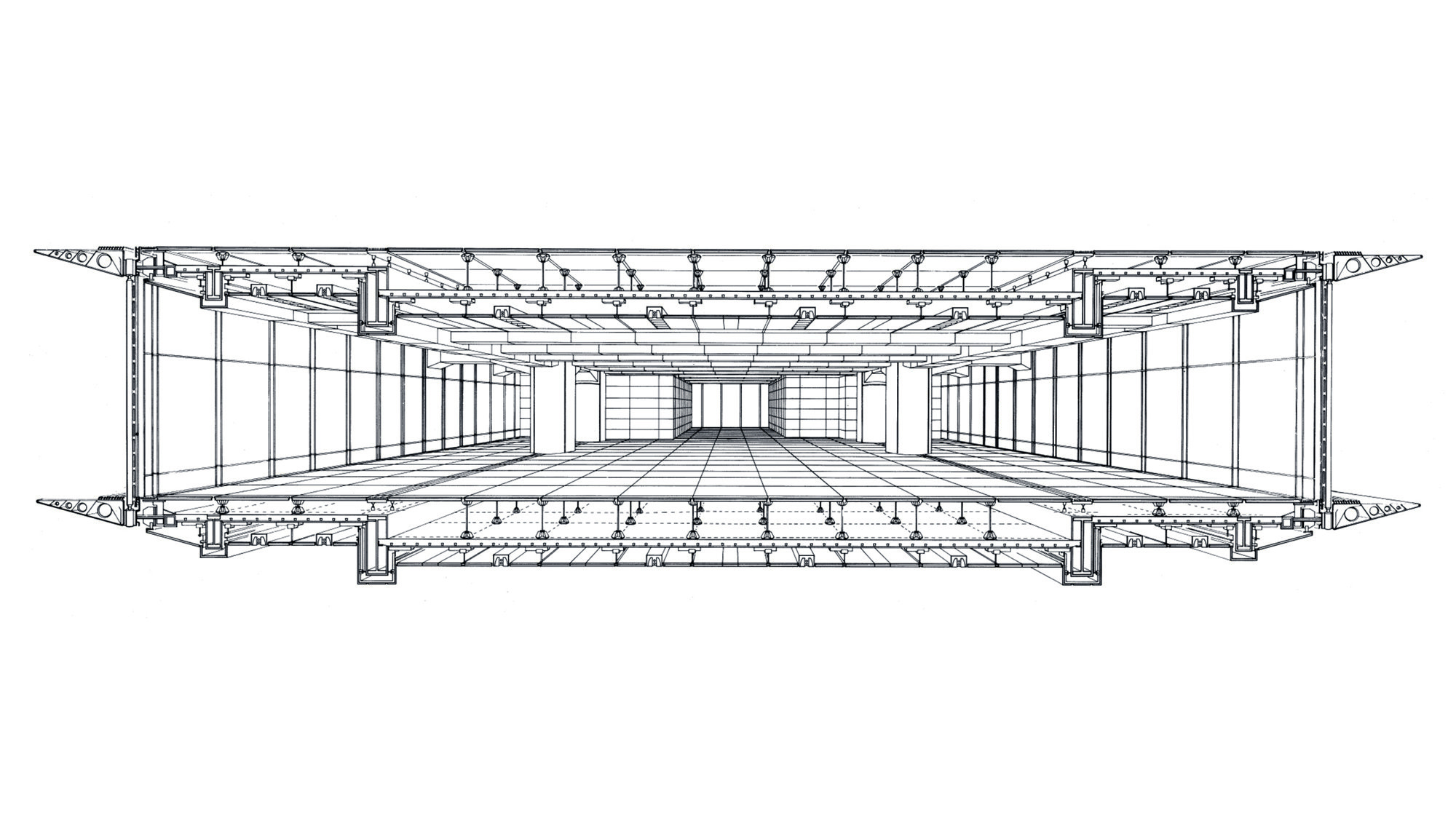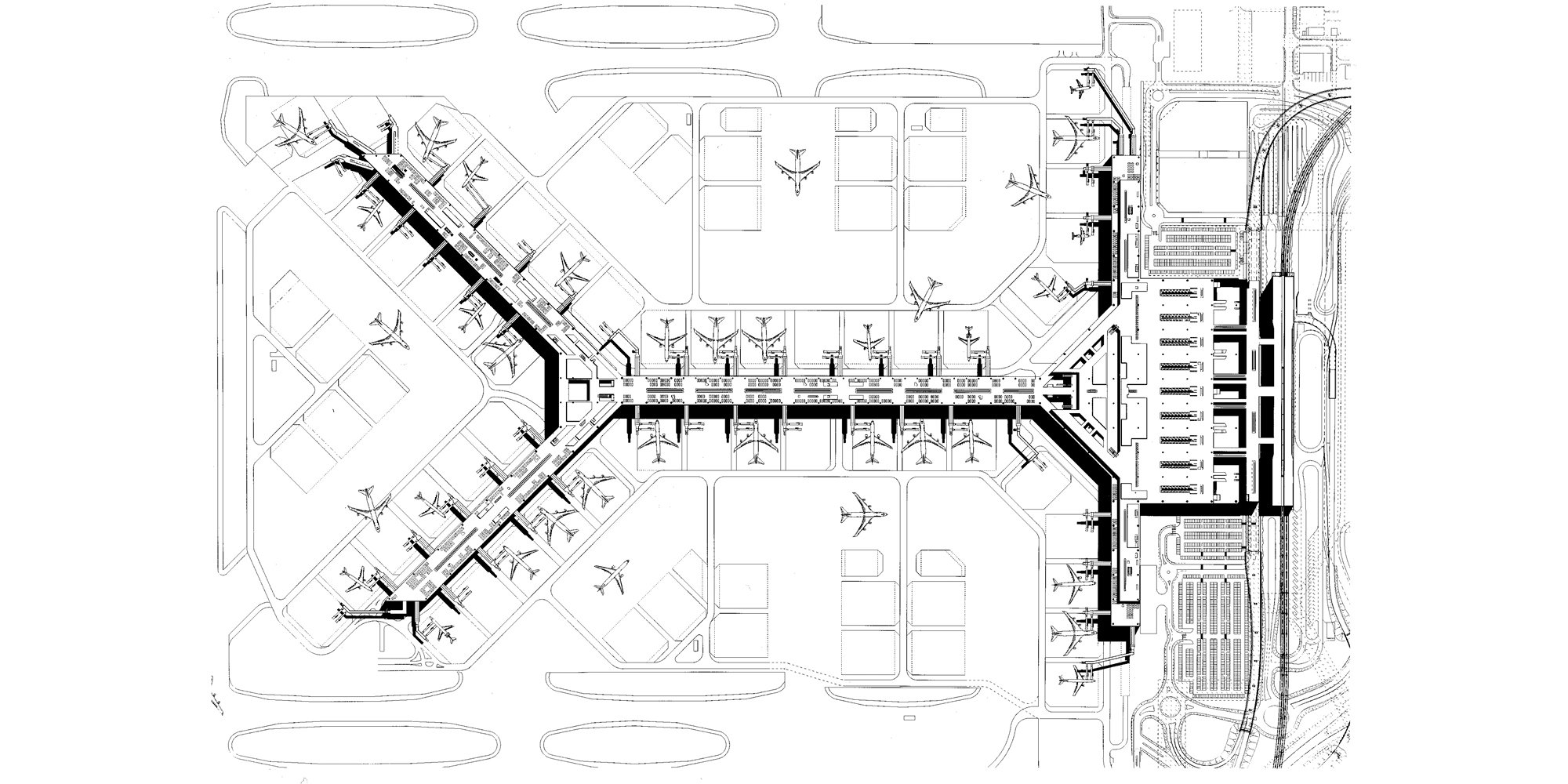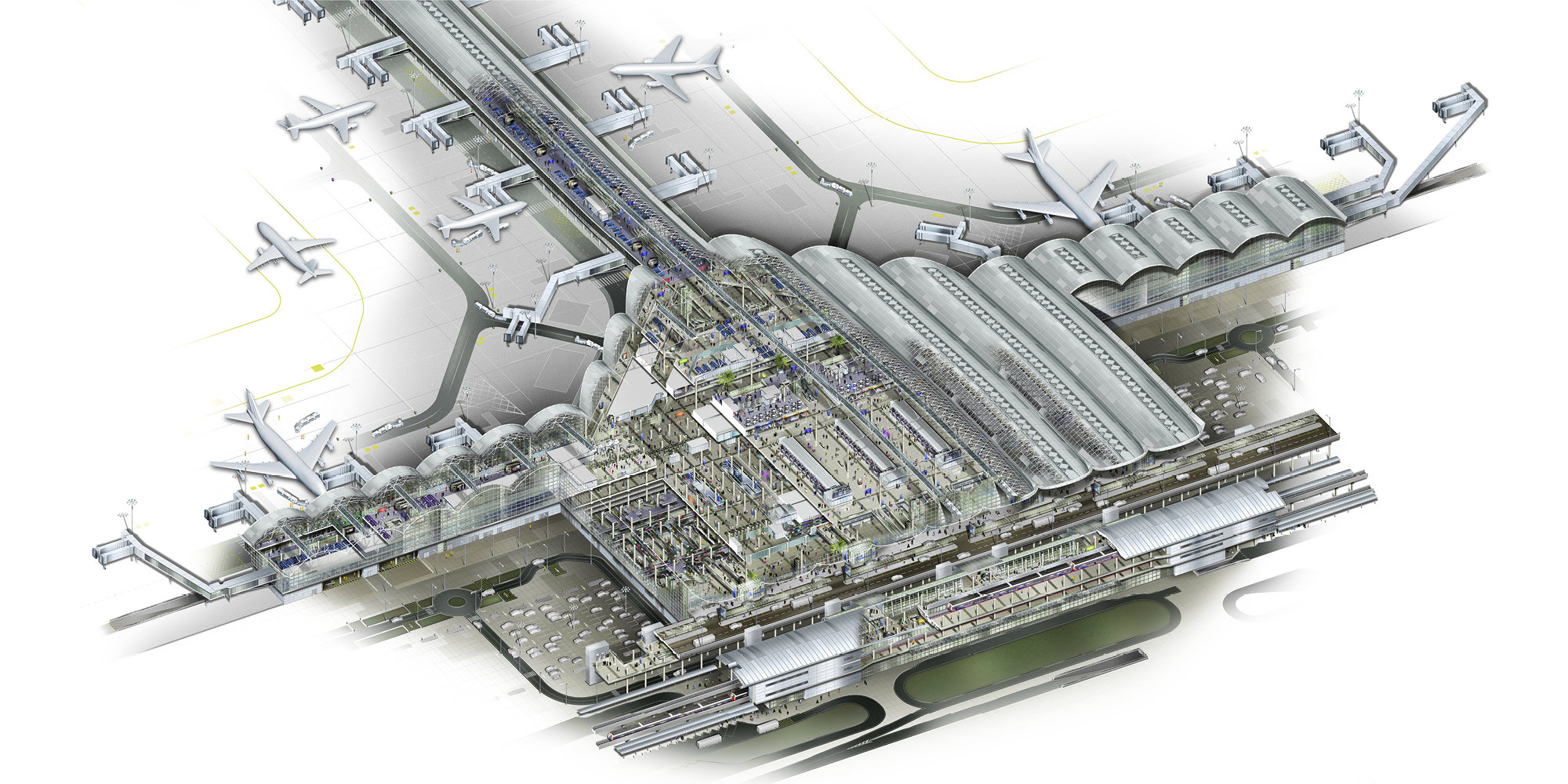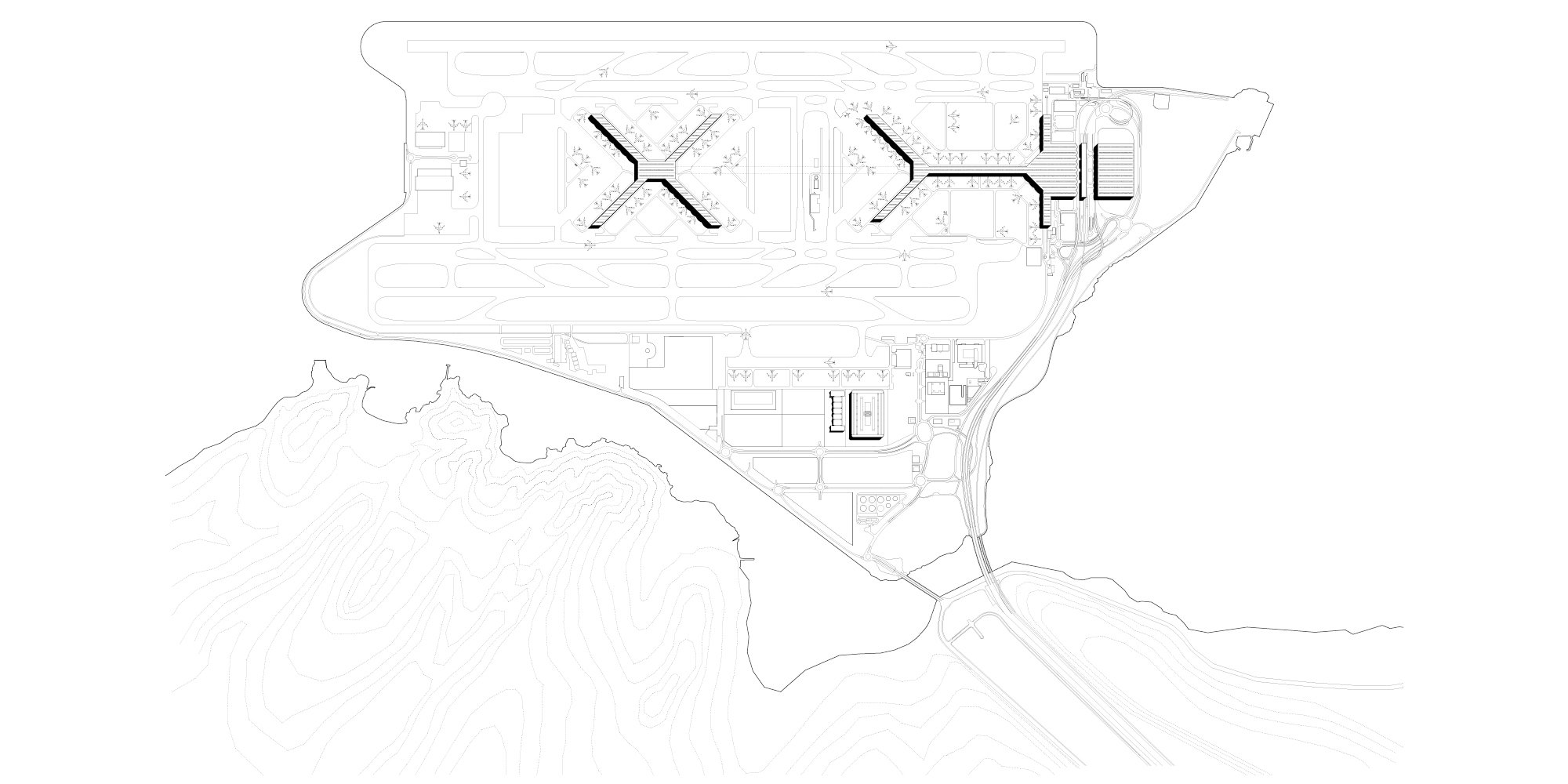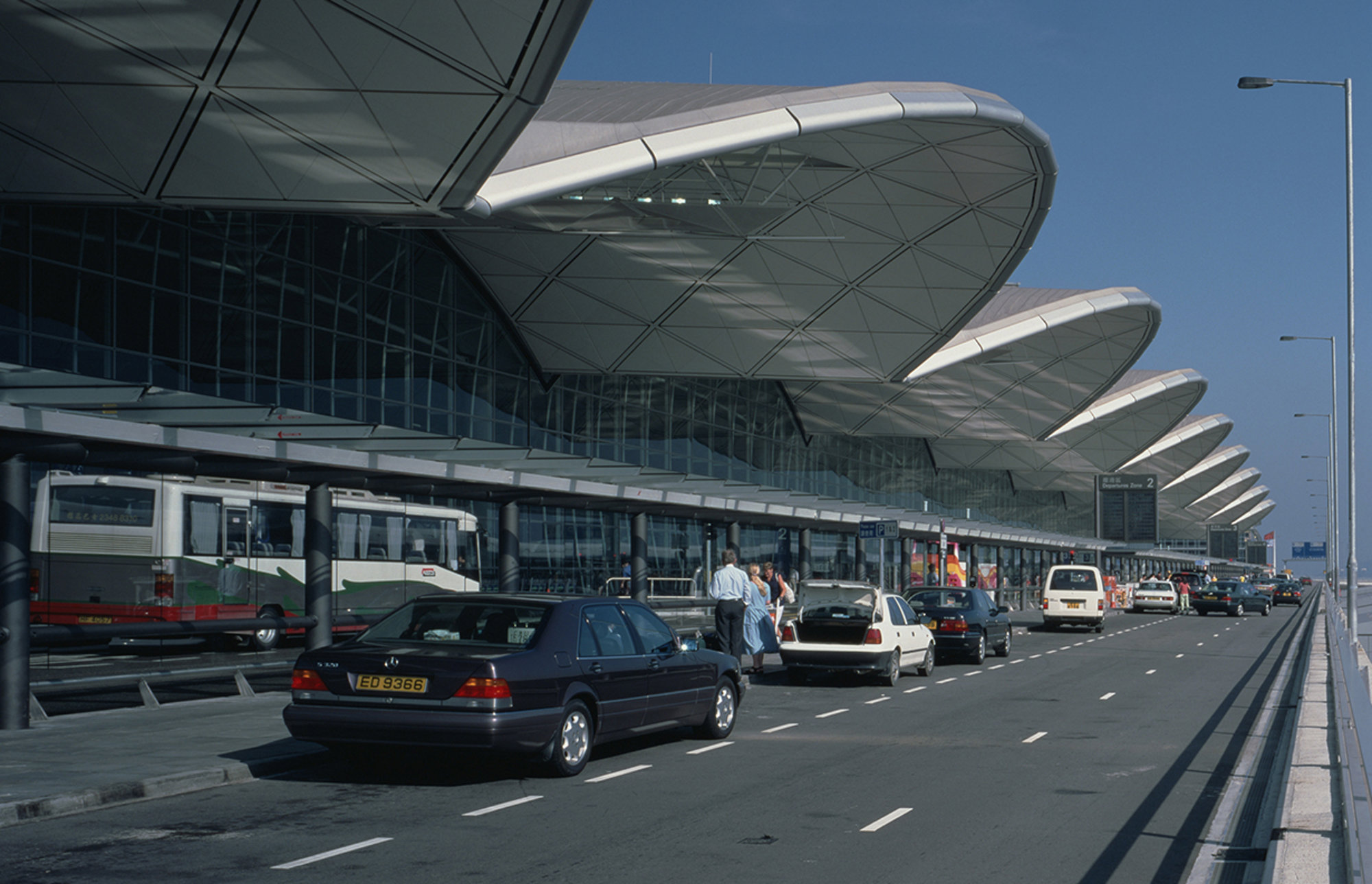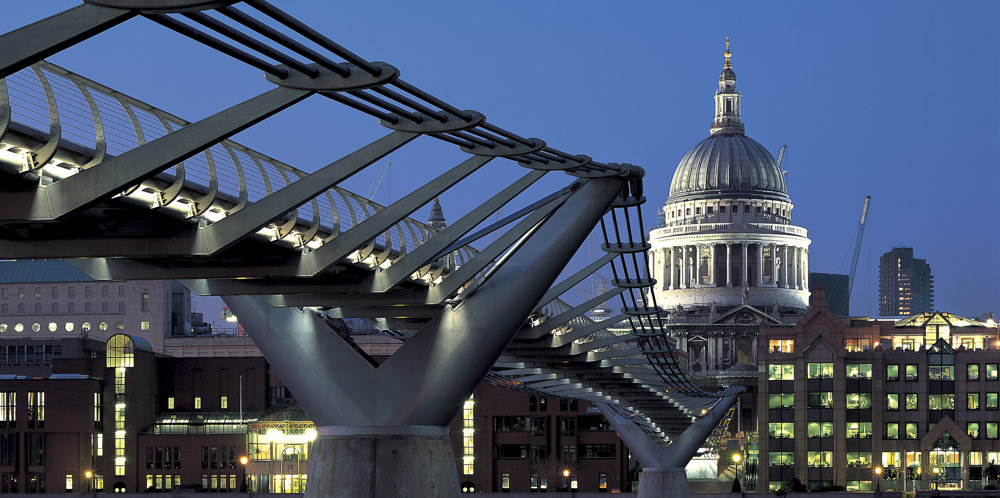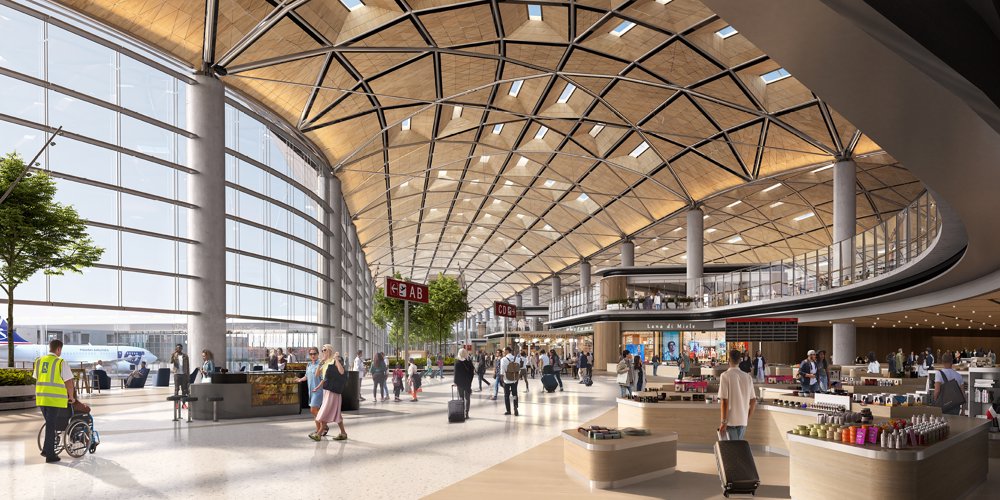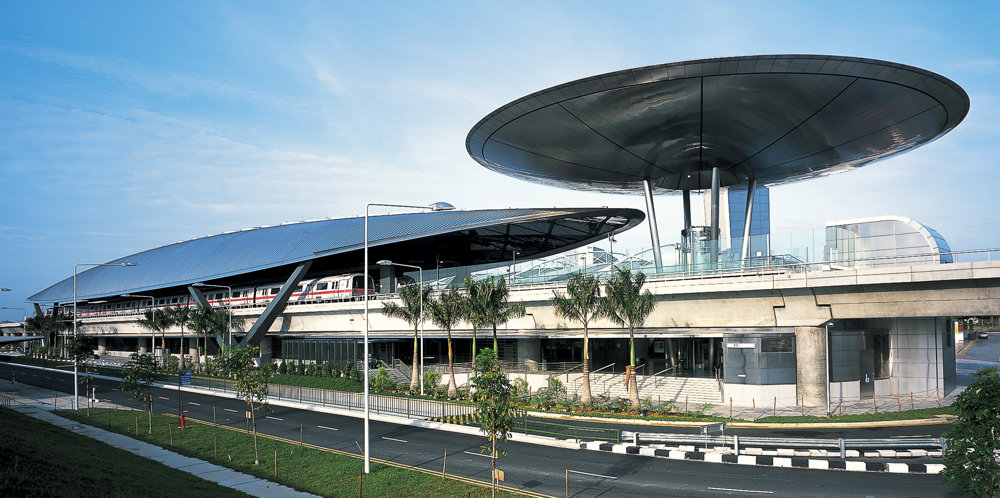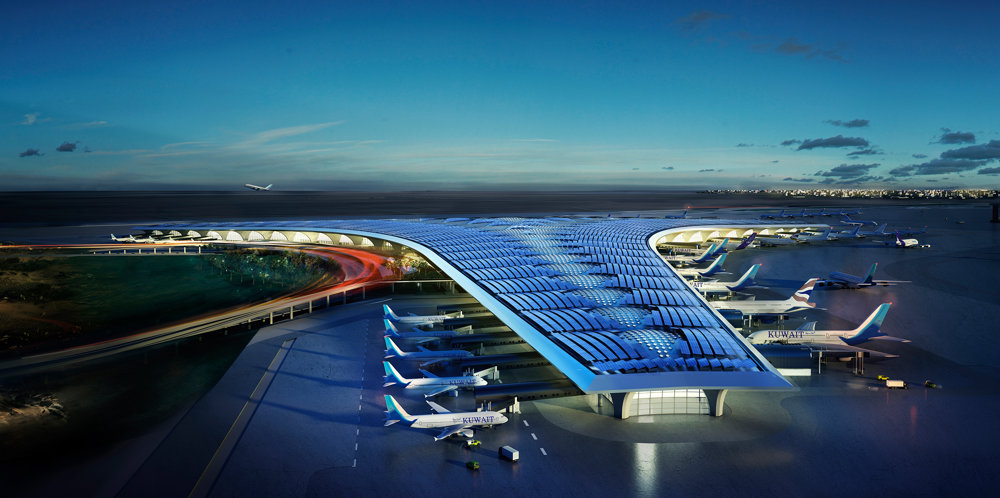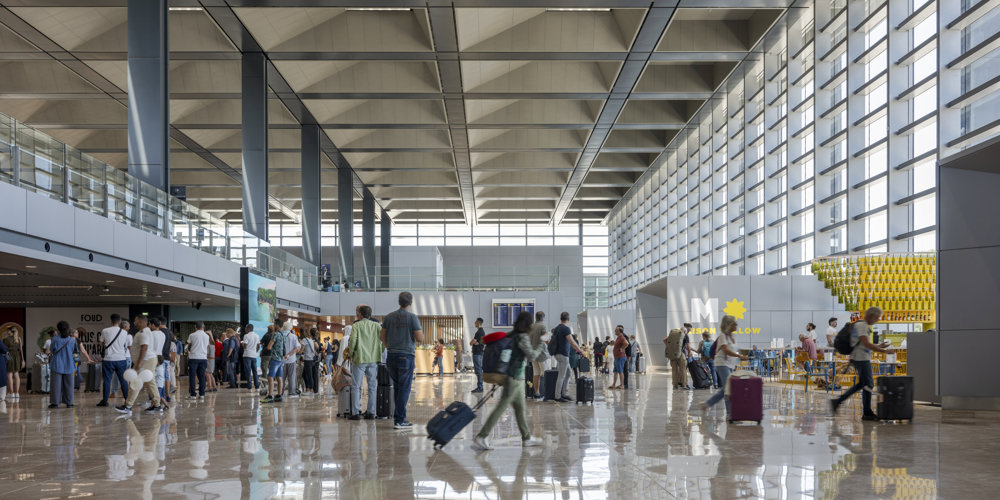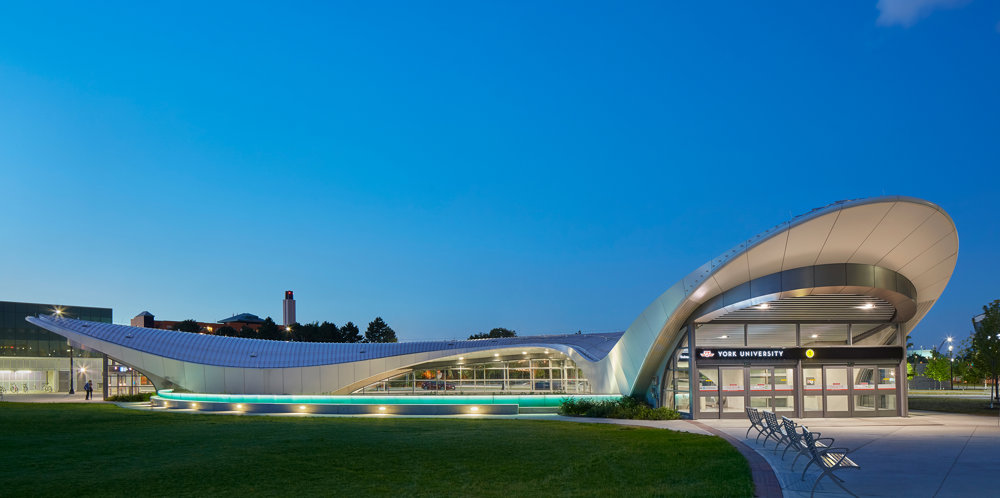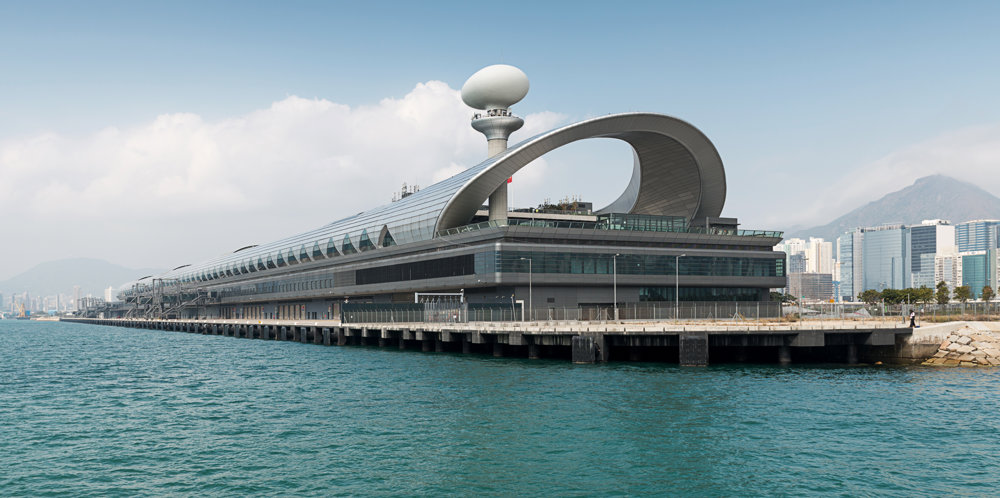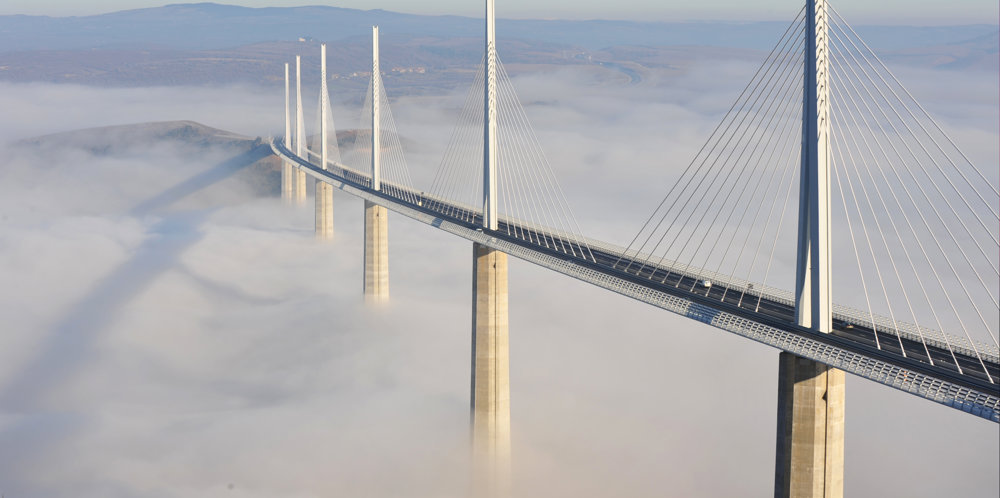Lying at the hub of a global region that reaches across Asia and Australasia, Chek Lap Kok is one of the world's largest and most advanced airports. Completed in 1998 as Hong Kong's sole air terminal, by 2040 it is expected to handle eighty million passengers per annum - the equivalent of London's Heathrow and New York's JFK airports combined. Among the most ambitious construction projects of modern times, the land on which the airport stands was once a mountainous island. In a major reclamation programme, its 100-metre peak was reduced to 7 metres above sea level and the island was expanded to four times its original area - equal to the size of the Kowloon Peninsula.
The terminal building extends a concept pioneered at Stansted Airport - a model since adopted by airport planners worldwide. It is characterised by a lightweight roof canopy, kept free of service installations; the use of natural lighting; and the integration beneath the main passenger concourse of all the technical equipment for baggage handling, environmental services and transportation. With its soaring spaces, bathed in daylight, the terminal building forms a spectacular gateway to the city. Whether arriving or departing, routes are legible and orientation is simple: you are aware of the land on one side and the water on the other and you can see the aircraft. Similarly, the vaulted roof provides a constant reference point as you move to or from your aircraft. Departing passengers pass through the East Hall, the largest airport retail space in the world; if an airport on this scale can be thought of as a city in microcosm then this is its market square.
Travellers reach the airport from Hong Kong via either mainland road or rail links, which cross two purpose-built suspension bridges and a causeway to Lantau Island to the south. Those arriving by train alight at the airport's Ground Transportation Centre, which is fully integrated at the eastern end of the terminal building. Remarkably, the entire train journey between city and airport can be completed in just twenty minutes.









